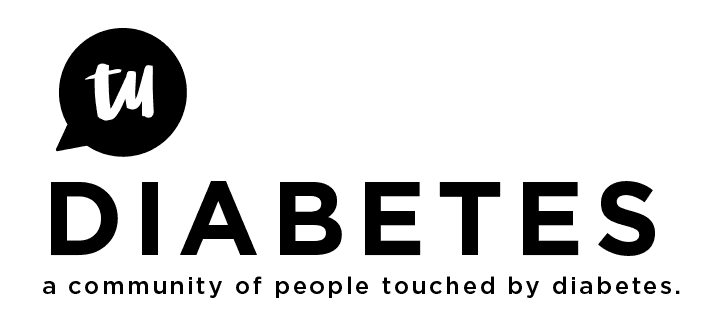The Gifts We Forget
Mark will never be written about in history books. He will not be remembered except by his family and even they will not completely understand his sacrifice or his courage. Mark was one of ten people who received an early investigative pump and he kept it for a record 15 days.
Today’s diabetics stand on the shoulders of giants, most we do not even know of, including the children who endured early non-insulin treatments. When I read the book “Breakthrough: Elizabeth Hughes, the Discovery of Insulin, and the Making of a Medical Miracle” (Cooper & Ainsberg, 2010), I was astounded by the amount of difficulty early diabetics were subjected too. I was amazed by the fact that parents, desperate for a solution flocked to Indianapolis in hopes of getting even a small amount of insulin to save their children.
These parents had two other options. Let their children die or place them on a starvation diet, which they hoped would prolong their children’s lives long enough to get the new miracle drug, insulin. Imagine that choice today a diet of 300 to 600 calories per day for life, or certain death. This phenomenon is referred to as Morton’s Fork- A choice of two fundamentally bad options, both leading to the same outcome.
Imagine having a Morton’s Fork decision for all type 1’s and type 1.5’s and many type 2’s today. We would think this unsustainable and we would be right. Yet, from these everyday choices, the root of type 2 treatment was born. Today we have to say that type 1’s and type 2’s stand on the shoulders of these children who are giants.
Of course we also stand on the shoulders of giants in the medical profession. Dr. Fredrick Banting and Dr. John Macleod, shared the Noble Prize for medicine for the discovery of the process to extract insulin from animals. In 1919, “Total Dietary Regulation in the Treatment of Diabetes” (Allen, Stillman, & Fitz, 1919) was published and that formed the basis of the starvation diet. Of course there are far too many doctors, medical professionals, CDE’s and office staff who have given so much to our treatment. This includes your treatment professional. All of them add to the knowledge and treatment of diabetes.
So back to Mark, his insulin pump was the size of a cart. He pushed it down the hall. He could not leave the hospital and he was greatly inconvenienced by its operation. Mark told me he was earning $250 for his 15 day stay at IU but he was not in it for the money. His vision was that someday diabetics might have a practical handheld pump that they could carry around with them, something along the lines of oxygen tanks.
It is true, we do stand on the shoulders giants, mark became my giant. Every day when I clip my pump to my belt, I thank Mark. He gave us a gift, a gift we have forgotten, but a gift all the same.
References
Allen, Frederick M., Stillman, Edgar, & Fitz, Reginald. (1919). Total dietary regulation in the treatment of diabetes. New York,: The Rockefeller Institute for Medical Research.
Cooper, Thea, & Ainsberg, Arthur. (2010). Breakthrough : Elizabeth Hughes, the discovery of insulin, and the making of a medical miracle (1st ed.). New York: St. Martin's Press.
-30-
Rick
Join the discussion next week when the topic gifts is posted for widespread comment. What are the gifts you have given, or received. What are the gifts you wish you had received or given. Look for the discussion topic gifts next week
